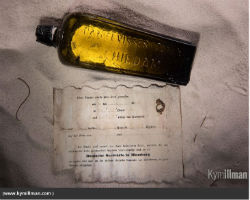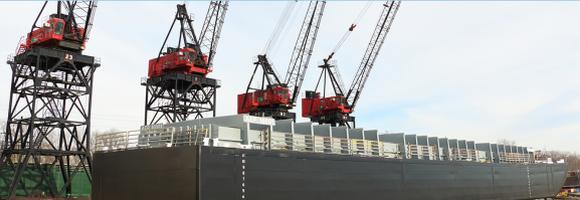 Shipbuilding is a capital intensive and highly competitive business. Remarkably, Jeffboat of Jeffersonville, Indiana, lasted for 184 years. Now, the longest continually operated inland shipyard in the U.S., is reported to be shutting down. Founded in 1834 on the banks of the Ohio River by steamboat builder James Howard, the yard built 3,000 ships in its first 107 years.
Shipbuilding is a capital intensive and highly competitive business. Remarkably, Jeffboat of Jeffersonville, Indiana, lasted for 184 years. Now, the longest continually operated inland shipyard in the U.S., is reported to be shutting down. Founded in 1834 on the banks of the Ohio River by steamboat builder James Howard, the yard built 3,000 ships in its first 107 years.
In 1938, American Barge Line (ABL) purchased the vacant Sweeny Shipyard adjacent to the Howard Shipyard and named it the Jeffersonville Boat and Machine Company, which would come to be known as Jeffboat. In 1942, the US Navy bought both shipyards and used the facility to build 123 Landing Ship-Tanks (LSTs), 23 submarine chasers, and numerous other craft.
In recent years, Jeffboat has been primarily a builder of towboats and barges. Following a drop in orders and a series of layoffs, the management recently told the shipyard union that yard operations would shut down by the end of May.


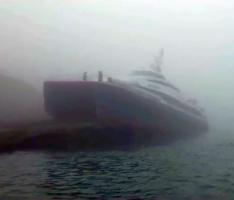 On Sunday, the
On Sunday, the 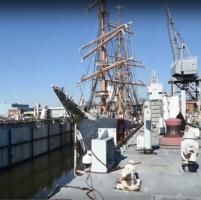 Here is a time-lapse video of the U.S. Coast Guard’s 81-year-old Barque
Here is a time-lapse video of the U.S. Coast Guard’s 81-year-old Barque 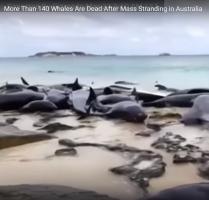 More than 150 short-finned pilot whales were found stranded early Friday in Hamelin Bay, Western Australia. Despite the best effort of more than 100 volunteer rescuers, only 6 survived to be returned to the sea. Hamelin Bay is located about 192 miles southwest of Perth.
More than 150 short-finned pilot whales were found stranded early Friday in Hamelin Bay, Western Australia. Despite the best effort of more than 100 volunteer rescuers, only 6 survived to be returned to the sea. Hamelin Bay is located about 192 miles southwest of Perth.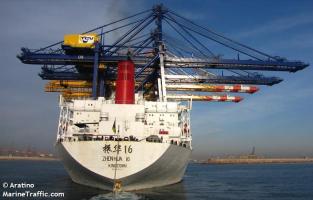 For about 30 minutes early Saturday morning the
For about 30 minutes early Saturday morning the 
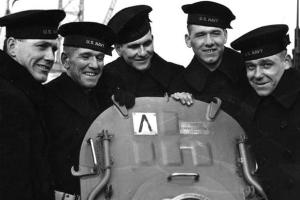 Yesterday
Yesterday 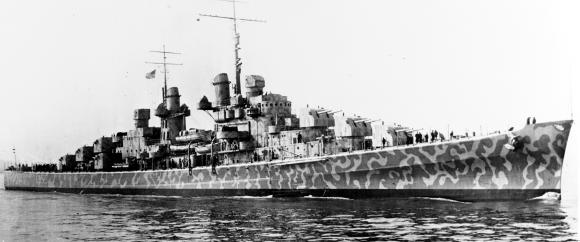 The latest news from Paul Allen’s research vessel Petrel:
The latest news from Paul Allen’s research vessel Petrel: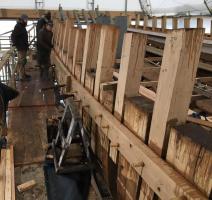
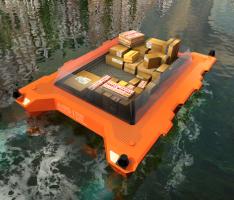 Autonomous barges may soon be carrying cargo and passengers on Amsterdam’s 100 km of canals. Referred to as
Autonomous barges may soon be carrying cargo and passengers on Amsterdam’s 100 km of canals. Referred to as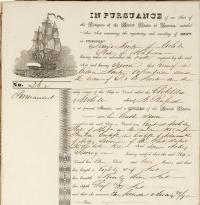
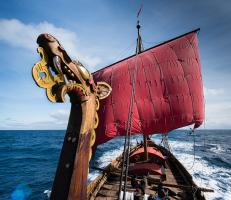 The
The  My favorite underwater volcano is getting frisky again.
My favorite underwater volcano is getting frisky again. 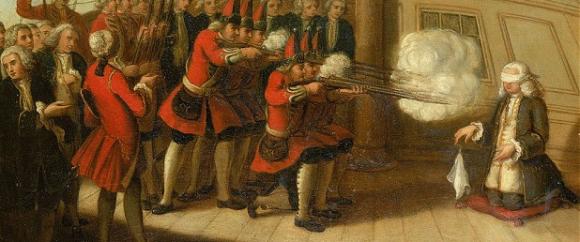 On this day, March 14th, in 1757,
On this day, March 14th, in 1757, 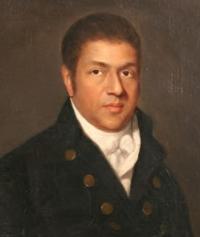
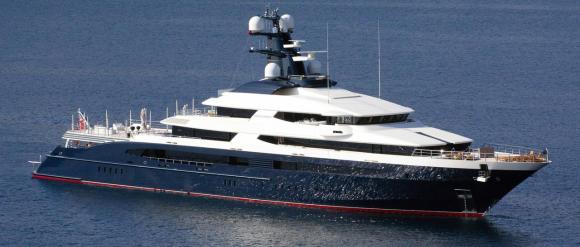 On February 28th, Indonesian police seized the superyacht
On February 28th, Indonesian police seized the superyacht  Congratulations to
Congratulations to 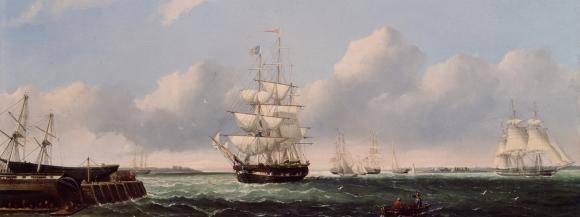 This looks fascinating. The
This looks fascinating. The 